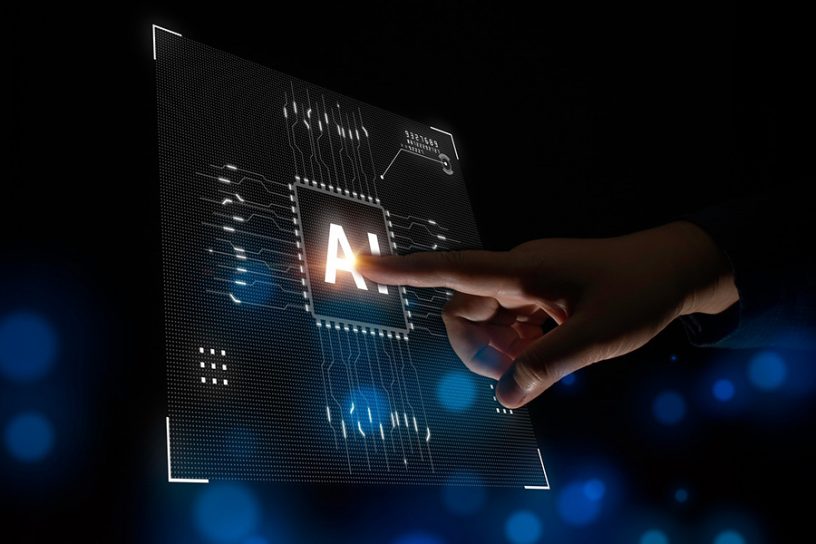
The findings provide theoretical clarity to the AI regulation proposals being mulled over across the globe.
Author
Krishna Deo Singh Chauhan, Associate Professor, Jindal Global Law School, O.P. Jindal Global University, Sonipat, Haryana, India.
Summary
Artificial Intelligence (AI) is having a tremendous impact upon commercial activities, socio-economic activities, as well as technological progress. However, there is lack of clarity about the appropriate mechanics of AI regulation. A variety of proposals have been floated, but with little agreement concerning their implementation and interaction. This paper builds a framework to address these concerns. It first identifies the scope of AI for regulatory purposes by establishing the defining characteristic of this technology.
In the second part, it identifies four different interpretations of the question, ‘why regulate AI?’, each with a bearing on the purpose of AI regulation. It treats each one of these as an ‘imperative of regulation’. The scope of each imperative is delineated. The last part situates the proposed mechanics of AI regulation within the imperative driven framework.
Four broad categories of the mechanics of AI regulation are first described in detail in order to understand their features and are subsequently tested on the touchstone of the four imperatives, thereby ascertaining which of the imperatives drive the mechanics and which are irrelevant. The findings provide theoretical clarity to the AI regulation proposals being mulled over across the globe. The paper concludes with an argument for proactive regulation of AI.
Published in: Global Jurist.
To read the full article, please click here.


